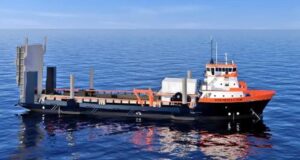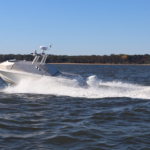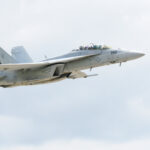
The Marine Corps Warfighting Lab (MCWL) is planning to start four stages of experimentation with the prototype landing ship this year, an official said last week. The Marine Corps has contracted with Hornbeck Offshore Services [HOS] to modify a commercial Offshore Support Vessel (OSV) into a Stern Landing Vessel (SLV) to help experiment with the concept of the service’s future Landing Ship Medium (LSM), previously called the Light Amphibious Warship. The first of three SLVs is due to be delivered…

 By
By 











